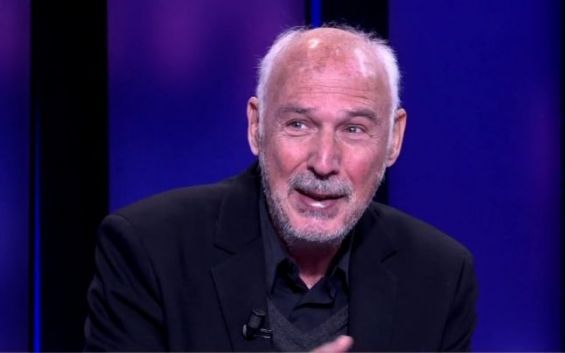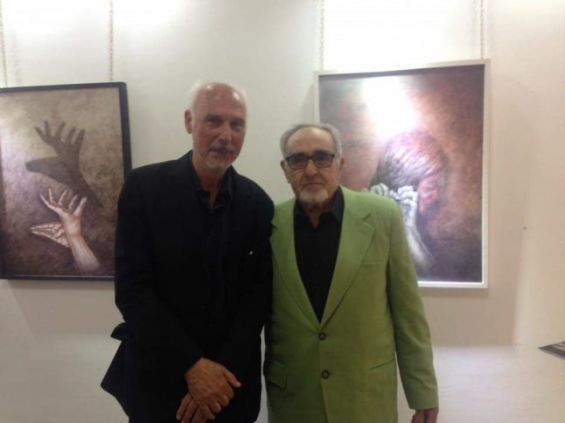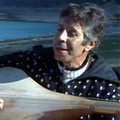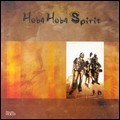Hamid is one of the Moroccans who have followed their childhood dreams. Born in Casablanca in 1948, Hamid Douieb had always wanted to become an artist. Neither his early artistic sense nor his passion for painting and drawing persuaded his parents, who wanted their child to become an electronics engineer. At 20, he decided to leave his hometown for Belgium to pursue his studies.
Once in Tournai, art was back on the table : «In Belgium, I was deeply frustrated and I felt like a lefty forced to use his right hand», the painter explains. But those days wouldn't last much longer.
Leaving for Belgium to become an engineer
Thus, Hamid Douieb begun attending evening painting and sculpture classes at the Midi Academy in Brussels before devoting himself entirely to his passion :
«One day, in front of 'L'Empire des Lumières', I saw a painting by René Magritte (Belgian surrealist painter, ed), I decided to become a painter. Henceforth, I taught myself the trade and I started making surreal and hyperrealistic paintings».
His work eventually attracted other artists. He met the «Figuration Critique» group, whose members would complement his style. «It was that group's main interest and so I worked with them in that fashion. We even had common exhibitions» at ULB Brussels in 1978, the Belgian-Moroccan artist recalls.

Forced removal from the artistic world
In the 1980s, fashion had changed but not Hamid Douieb who kept on with what he refers to as a «figural figurative» style : «I did not like, at the time, how the trendy pieces looked like, especially as the conceptual and the abstract styles had begun to gain traction», he explains, also recalling waves of closing galleries at that time.
As life got in the way, Hamid Douieb, who had become a husband and a father, eventually put a brake to his painting career : «Crossing the desert», that is how the artist refers to that period of time in which he had to step off the creative world.

But no matter how long the dry spell was, Hamid eventually ended up becoming «conscious of [his] desire to resume [his] passion; that of painting and exhibiting». «While I talked about it around me, my youngest daughter then asked me to get back to it. She was my last-born and had never seen me paint even though I had never really stopped drawing», he says.
«Fifteen years ago, I decided to go back to painting. I started exhibiting in Brussels and Paris. But I had a new revelation : At 65, I felt the desire to return to my homeland, and it wasn't about seeking success or achievement but only about recognition».
Back to roots
The painter displayed his art for the first time in Rabat, back in 2011. The affection he bore for his country had never stopped. Indeed, he explains to Yabiladi that he always had «an Arab and Moroccan sensitivity» : «It was discernible in my choice of warm colors while I was living in a cold country», he notes.

The artist's return to the artistic world also coincided with another historical trend : «In the world, the figurative styles are gaining back traction again and I am becoming fashionable again without having done it on purpose. I'm an old square guy who has been through the fashions», he says sarcastically.
Today, Hamid Douieb returns to Morocco five or six times a year. With a workshop in Casablanca and another one in Brussels, the artist says he tries to «maintain [his] dual role», i.e. that of Belgian artist and Moroccan painter.
He nevertheless recognizes he still has a wish yet to realize : «I would like to do a retrospective in Casablanca, my hometown. It's been 40 years of painting and work but I'm still waiting», he concluded.





 chargement...
chargement...













